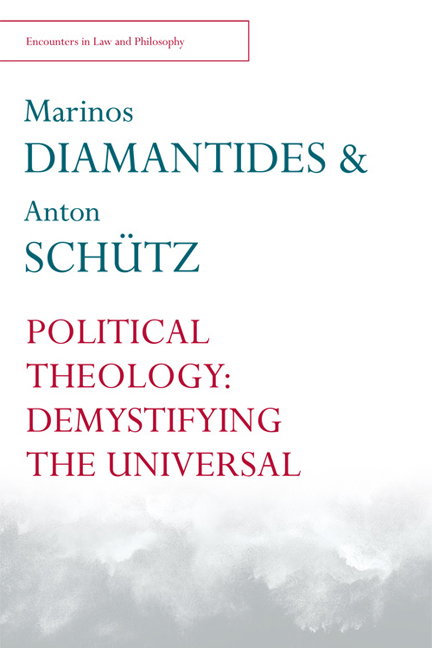Book contents
- Frontmatter
- Contents
- List of Illustrations
- Acknowledgements
- Notes on Contributors
- Series Editor's Preface
- 1 Introduction
- PART I SURPLUS PRODUCTION, URBAN GROWTH AND THE ENVIRONMENT
- PART II FRONTIERS AND FRONTIER LANDSCAPES
- PART III CONTESTED TERRITORIES AND CULTURAL CONTACTS BETWEEN PERSIA AND ROME
- 8 Minority Religions in the Sasanian Empire: Suppression, Integration and Relations with Rome
- 9 A Contested Jurisdiction: Armenia in Late Antiquity
- 10 Cultural Contacts Between Rome and Persia at the Time of Ardashir I (c. ad 224–40)
- PART IV IMPERIAL POWER BALANCE AND INTERNATIONAL RELATIONS
- Index
9 - A Contested Jurisdiction: Armenia in Late Antiquity
from PART III - CONTESTED TERRITORIES AND CULTURAL CONTACTS BETWEEN PERSIA AND ROME
Published online by Cambridge University Press: 22 December 2017
- Frontmatter
- Contents
- List of Illustrations
- Acknowledgements
- Notes on Contributors
- Series Editor's Preface
- 1 Introduction
- PART I SURPLUS PRODUCTION, URBAN GROWTH AND THE ENVIRONMENT
- PART II FRONTIERS AND FRONTIER LANDSCAPES
- PART III CONTESTED TERRITORIES AND CULTURAL CONTACTS BETWEEN PERSIA AND ROME
- 8 Minority Religions in the Sasanian Empire: Suppression, Integration and Relations with Rome
- 9 A Contested Jurisdiction: Armenia in Late Antiquity
- 10 Cultural Contacts Between Rome and Persia at the Time of Ardashir I (c. ad 224–40)
- PART IV IMPERIAL POWER BALANCE AND INTERNATIONAL RELATIONS
- Index
Summary
Although Roman and Persian engagement with late antique Armenia has been analysed from several perspectives, its juridical dimension has been largely ignored. This chapter provides a reassessment of the legislation pertaining to Roman Armenia from the reign of Justinian, arguing that it offers a reflection of legal practices operating beyond the newly reorganised Roman provinces, in districts of Armenia under Persian hegemony. It may also attest the seeping of Roman legal culture beyond the formal limits of the jurisdiction. Crucially, the local inheritance practices which the legislation prescribes find analogues in Sasanian jurisprudence. Although not every aspect of Persian legal culture will have been replicated in the districts of Armenia or received in the same way, the rich Armenian literary tradition from late antiquity reveals a proximate legal culture, expressed in terms of concepts employed and processes followed. Three illustrations from Łazar P‘arpets‘i History are examined. Furthermore two later compilations preserve valuable evidence of law in practice. The tenth-century compilation titled History of Ałuank’ contains a collection of documents deriving from the Council of Partav convened in 705 ce. One of these confirms that land across Caucasian Albania was still being bought and sold at this time, that there was current uncertainty over whether the transfer of a village included the village church and its endowment, and that laymen had been represented as holding clerical status to circumvent this. A specific case is then outlined. The late thirteenth-century History of Siwnik’ on the other hand contains transcripts of fifty-two documents, and summaries of twelve more, recording property transactions in favour of the bishops of Siwnik’ and the see of Tat‘ev. It is argued that the earliest of these, dating from the middle of the ninth century, preserve clear vestiges of Sasanian legal culture. Armenian sources have much to tell us about law and legal tradition in Sasanian Persia.
Armenia was wholly partitioned between the ‘great powers’ of Rome and Persia throughout late antiquity. Although the manner and the degree of intrusion on the part of the two imperial powers may have fluctuated over the course of the two centuries following the eclipse of the Arsacid kingdom in 428 ce, every district of Armenia was under the hegemony of one or the other.
- Type
- Chapter
- Information
- Sasanian PersiaBetween Rome and the Steppes of Eurasia, pp. 199 - 220Publisher: Edinburgh University PressPrint publication year: 2017

